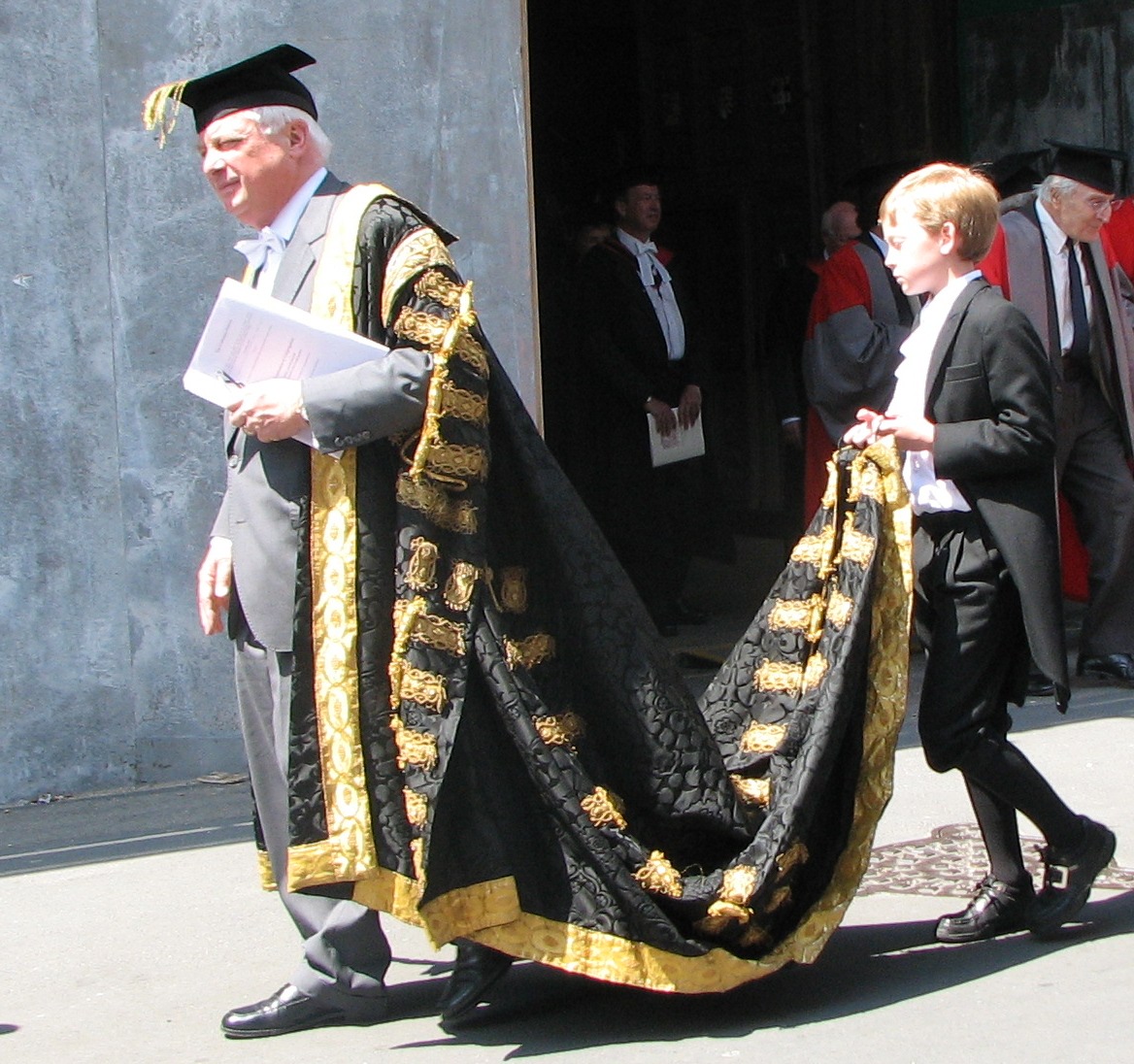|
Page Boy (other)
Page boy or pageboy may refer to: *Page (servant), a young male servant, especially in medieval times. * Page boy (wedding attendant) (also ''ringbearer'' or ''coinbearer''), a young male attendant at a wedding. *Pageboy, a hairstyle. * Motorola Pageboy, the second pager ever produced by Motorola with individual-unit addressing. **Motorola Pageboy II Motorola Pageboy II was a pager and the successor to the Motorola Pageboy. History The Motorola pager was a small radio receiver that delivered a message individually or widespread to those carrying the device. The first successful consumer .... * ''Pageboy'' (memoir), a 2023 book by Elliot Page. {{disambiguation ... [...More Info...] [...Related Items...] OR: [Wikipedia] [Google] [Baidu] |
Page (servant)
A page or page boy is traditionally a young male attendant or servant, but may also have been a messenger in the service of a nobleman. During wedding ceremonies, a page boy is often used as a symbolic attendant to carry the rings. Etymology The origin of the term is uncertain, but it may come either from the Latin ''pagius'' (servant), possibly linked to peasant, or an earlier Greek word (''pais'' = child). The medieval page In medieval times, a page was an attendant to a nobleman, a knight, a governor or a castellan. Until the age of about seven, sons of noble families would receive training in manners and basic literacy from their mothers or other female relatives. Upon reaching seven years of age, a boy would be sent to the castle, great house or other estate of another noble family. This would match the age at which apprenticeships or servants' employment would be entered into by young males from lower social classes. A young boy served as a page for about seven ye ... [...More Info...] [...Related Items...] OR: [Wikipedia] [Google] [Baidu] |
Page Boy (wedding Attendant)
A page boy is a young male attendant at a wedding or a cotillion (a social dance). They are, in effect, the young male equivalents of bridesmaids, taking part in the bridal party and assisting with tasks during the ceremony. Traditionally, page boys carry the bride's train, especially if she is wearing a dress with a long train. Because of the difficulty of managing a train, page boys are generally no younger than seven, with older boys preferred for more complicated duties. Page boys often include young relatives or friends' children in the wedding party. In a formal wedding, the ring bearer is a page boy who carries the wedding rings, often symbolically on a wedding ring cushion. The real rings are typically kept by the best man for safekeeping. If the real rings are used, they are usually tacked on with thread to prevent loss. Pages are often seen at British royal weddings, such as the wedding of Prince William and Catherine Middleton The wedding of Prince William and ... [...More Info...] [...Related Items...] OR: [Wikipedia] [Google] [Baidu] |
Pageboy
The pageboy or page boy is a hairstyle named after what was believed to be the haircut of a late medieval page boy. It has straight hair hanging to below the ear, where it usually turns under. There is often a fringe (bangs) in the front. This style was popular in the mid-to-late 1970s and 1980s. In popular culture For women In the early 1950s, the New York City hairdresser M. Lewis popularized this style. Singer Toni Tennille of the 1970s pop duet Captain & Tennille wore one as her signature look along with 1976 Olympic champion and 1976 World champion figure skater Dorothy Hamill. In the Oscar-winning film '' One Flew Over the Cuckoo's Nest'', the villainous Nurse Ratched is known for her pageboy. In the ''Buffy the Vampire Slayer'' episode "Gone", Buffy has her hair cut into a pageboy. In the 1960s TV cartoon ''Underdog'', the show's damsel in distress Sweet Polly Purebred (voiced by Norma MacMillan) has this hairstyle as her trademark look. Mia Wallace in ''Pulp Fictio ... [...More Info...] [...Related Items...] OR: [Wikipedia] [Google] [Baidu] |
Motorola Pageboy
Motorola Pageboy was a pager produced by Motorola. In the 1960s, when pagers were mainly used by medical professionals, the Pageboy was considered "cutting edge and compact", measuring 5.25 inches by 2.36 inches. In 1967, low-frequency Pageboys operating in the 39-43 MHz band were priced at $180, while VHF units operating in the 151-159 MHz band cost $275 in the United States. See also *List of Motorola products References {{reflist Pageboy The pageboy or page boy is a hairstyle named after what was believed to be the haircut of a late medieval page boy. It has straight hair hanging to below the ear, where it usually turns under. There is often a fringe (bangs) in the front. This s ... Pagers ... [...More Info...] [...Related Items...] OR: [Wikipedia] [Google] [Baidu] |
Motorola Pageboy II
Motorola Pageboy II was a pager and the successor to the Motorola Pageboy. History The Motorola pager was a small radio receiver that delivered a message individually or widespread to those carrying the device. The first successful consumer pager was Motorola’s Pageboy I which was introduced in 1974. This type (without display) could not store messages, however, it was small, portable and notified its wearer that a message had been sent. Pageboy II Motorola’s Pageboy II was launched in 1975 for the United States and 1976 for Europe Europe is a continent located entirely in the Northern Hemisphere and mostly in the Eastern Hemisphere. It is bordered by the Arctic Ocean to the north, the Atlantic Ocean to the west, the Mediterranean Sea to the south, and Asia to the east ... in various types. Pb II 5-tone only 68–88 MHz / 146–174 MHz (US and Eur). Pb II tone only for 5-tone 80,6–88 MHz / 146–174 MHz (US). Pb II tone & voice radio for 2-to ... [...More Info...] [...Related Items...] OR: [Wikipedia] [Google] [Baidu] |




